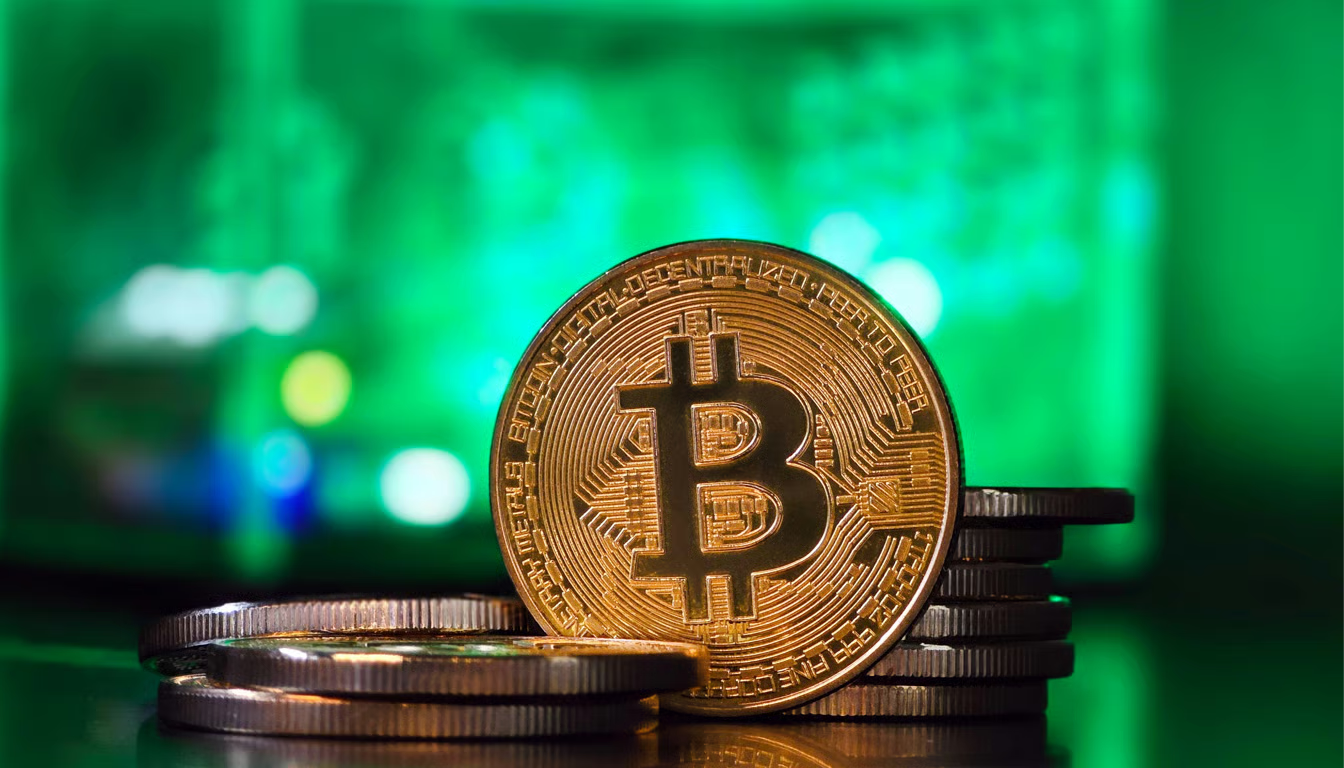Due to historical reasons, the long-term trend of the euro against the dollar is one of the important points of interest for investors. The current market is continuing to worry about the US debt problem, and the resulting weak fluctuations in the US dollar are also reasonable. Investors are facing troubles from multiple directions: the decline in inflation in the eurozone, the toughening of the US policy stance, and the current escalating geopolitical noise. Among them, the most immediately influential variable is the result of the China-US dialogue, which the market is highly concerned about. This event may become a turning point in sentiment. In addition, the ECB's interest rate decision and the upcoming US non-farm payrolls data will also add more variables to the trend of the euro/dollar this week.
Euro inflation slows down
The latest inflation data released by the eurozone shows that the core CPI has dropped from 2.7% to 2.3%, and the overall CPI has fallen below the key level of 2.0%. The current price pressure in the eurozone is continuing to ease. As an important reference for the European Central Bank to formulate monetary policy, the decline in inflation provides room for interest rate cuts.
This has quietly changed the policy attitude of the European Central Bank. At present, the eurozone's economic growth is weak, and manufacturing and service industry activities continue to be sluggish. Against the backdrop of stabilizing inflation, the focus of monetary policy has begun to shift toward "stabilizing growth." Interest rate futures pricing shows that expectations for a rate cut in June or July are rising, and even the possibility of multiple easing this year is not ruled out. Recently, Philip Lane, chief economist of the European Central Bank, pointed out in an interview that the previous rate cuts ensured that inflation would return to the 2% target range in the next 18 months. "Pre-adjustment signal." He emphasized that the moderate appreciation of the euro can help control imported inflation, which provides the European Central Bank with more flexibility in exchange rate regulation against the backdrop of slowing internal inflation.
At the same time, European Central Bank President Lagarde also publicly stated in early June that the current rate cut cycle is nearing its end and the market should prepare for a more stable monetary policy phase. Readers familiar with the European Central Bank know that such a statement means that the policy easing window may be closed. In the current context of weakness in the eurozone and rising external trade risks, releasing easing policy signals in advance can gradually restore market confidence and stabilize financing costs, thereby buying time and space for the real economy to bottom out.
ECB Chief Economist Ryan suggested that the euro's status as a reserve currency could be enhanced by increasing the supply of euro-denominated assets. We can see that the current euro exchange rate is relatively stable or even strong, but this is actually the result of the weakening of the US dollar itself.
In the short term, the euro still faces considerable problems. The continued decline in inflation data provides room for monetary policy, but this is not conducive to the appreciation of the euro. At present, the overall economic growth momentum in the euro area is still sluggish, manufacturing and service industry activities are generally shrinking, corporate confidence is insufficient, capital expenditure and consumption willingness are all at a low level. At the same time, although the European Central Bank has started the process of interest rate cuts, the policy misalignment with the Fed's continuation of high interest rates may also increase capital outflow pressure and further curb the euro exchange rate. In addition, the Russian-Ukrainian conflict and global trade frictions have continued to impact open economies such as the European Union that are extremely dependent on external markets, which is one of the main factors affecting the stability of euro area exports. Although the decline in inflation is a positive, it is far from enough to reverse the current macro dilemma.
Dollar tightening
So far, the US dollar index has fallen below its lowest level since March 2022.
In the past few weeks, as the voices of selling US bonds continued, the market discussion about the decoupling of the US dollar and US Treasuries continued to heat up. But after the weak CPI data released two days ago pushed up US bond prices, the US dollar unexpectedly returned to its traditional linkage with US bond yields.
The US dollar index fell by nearly 0.5% that day, which is a typical reaction to the steepening of the US yield curve, and the market expects that the Federal Reserve still has room for further interest rate cuts. In fact, this CPI data has caused the market to lower its expectations for the easing cycle in 2025 by about 9 to 10 basis points again. In the US Treasury market, the 10-year Treasury auction performed strongly, while the US dollar weakened simultaneously. The promoters of this auction are more US domestic investors, which makes people speculate whether the enthusiasm of foreign buyers is waning.
At the same time, despite the good news from the US-China trade negotiations, the US dollar has not rebounded properly. Part of the reason may be that the details of the agreement are unclear. In addition, US President Trump said yesterday that the Ministry of Commerce will issue an ultimatum to about 20 countries participating in the negotiations next week, asking them to "either accept the agreement or give up." This has greatly increased market concerns about the sharp increase in tariffs on July 9, and further put pressure on the US dollar.
Calm US economic data
The US CPI data for May showed that inflation pressure remained mild, with the monthly rate rising by only 0.1% and the core CPI annual rate falling to 2.8%, both lower than market expectations. Against the backdrop of the gradual advancement of tariff policies, the calm data is very intriguing. Compared with market concerns that tariffs will quickly push up commodity prices, the actual situation shows that current inflation has not yet been significantly impacted.
There is a key logic behind this: companies have not yet really passed on the additional costs to consumers! Many retailers and manufacturers are still digesting previous inventories, which have not yet reflected the impact of new tariffs. In other words, the lag in price increases is providing a buffer zone for the current moderate inflation. But this also means that in the second half of the year, when the "pre-tariff inventory" is consumed, tariff pressure may be released in a concentrated manner, and then CPI may only rise substantially.
Due to the impact of the government's tariff policy, the current fiscal side is tightening, while the monetary side is expected to be loose, and the mismatch in policy tone has also made market predictions more complicated. It is worth noting that in the coming months, the market will not only have to deal with the periodic rise in CPI, but also pay attention to deep-seated issues such as corporate profit margin compression and changes in consumer demand. During this transition period, the US dollar may weaken due to the limited logic of interest rate differentials, while the stock market may benefit from the "sweet balance" between low inflation and expectations of policy easing.
Will the wave of cost shifting break out? The current misalignment of the inventory cycle and policy transmission time is superimposed, and the market needs to be mentally prepared for the potential risk of rising prices in the second half of the year.
If the US dollar adjusts due to trade easing or economic weakness, there is still room for the euro to rise; but if US data rebounds or interest rate policy tends to be hawkish, the upper resistance of the euro may increase. At the intersection of macro and technology, although euro bulls are still holding their ground, the balance may be broken by just one phone call, a policy change or a set of unexpected data.






